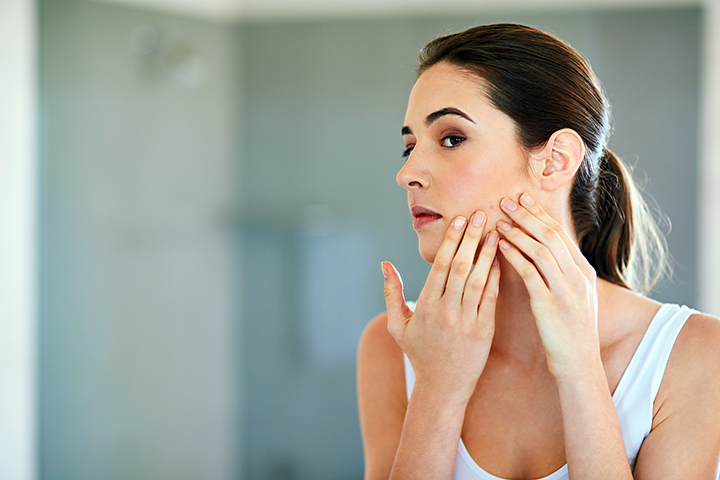Essential Insights on Groin Area Folliculitis: A Guide for Beauticians
As a beautician, your expertise extends beyond mere aesthetics; it's also about recognizing skin conditions that could affect beauty services. One such issue is groin area folliculitis, an inflammatory condition affecting the hair follicles in this sensitive region. Being able to spot the indicators of this condition can profoundly impact how you approach treatments and recommendations for your clients.

What is Folliculitis in the Groin Area?
Folliculitis is defined by inflammation of hair follicles, frequently occurring in the groin due to factors like moisture and friction. As a professional, identifying the indicators of groin area folliculitis can be incredibly beneficial. Signs to watch for include redness, pus-filled bumps, itchiness, and discomfort. Detecting these symptoms early can help prevent further complications and inform the treatment you suggest.
Recognizing Symptoms and Understanding Causes
It's crucial to familiarize yourself with the common symptoms associated with folliculitis in the groin region. You might observe clusters of small, red bumps or white-headed pustules around the hair follicles, which are clear indicators of the condition. Potential causes include shaving, wearing tight clothing, excessive heat, sweat retention, or the presence of bacteria and fungi.
The groin areas unique conditions often lead to higher incidences of folliculitis. Being aware of these factors allows you to provide better advice regarding clothing, skincare, and when it might be best to avoid certain treatments that could worsen the situation.
Client Prevention Strategies
As a valued advisor, its essential to guide your clients in preventing folliculitis in the groin area. Suggest opting for loose-fitting clothing made from breathable materials, employing proper hair removal techniques, and maintaining good hygiene and exfoliation routines. Personalized prevention strategies not only help avoid the condition but also enhance your reputation as a knowledgeable skincare professional.
For additional insights on antifungal cleansers and their role in preventing skin infections, check out our article here.

Guidance on Treatment Options
When clients display symptoms of folliculitis, directing them toward appropriate treatment options is crucial. For mild cases, over-the-counter antiseptic washes or creams may suffice. However, for more extensive symptoms, referring clients to a dermatologist for professional treatment is advisable. Building relationships with healthcare providers, like dermatologists, enables you to offer comprehensive support to clients with more serious skin issues.
To learn more about skincare treatments, you can explore articles in our beauty insights section.
Commonly Asked Questions
What causes folliculitis in the groin area?
Common causes include friction from tight clothing, incorrect shaving methods, and prolonged exposure to moisture from sweat.
How can I identify groin area folliculitis in a client?
Look for typical signs like redness, pus-filled bumps, itchiness, and tenderness surrounding hair follicles.
Are beauticians able to treat folliculitis?
Beauticians can offer preventive advice and hygiene recommendations, but its vital to refer clients to a dermatologist for specialized treatment when necessary.
For further detailed information on folliculitis, visit this external resource.
Additionally, check out our article on butt vs. thigh acne for related skincare insights.

